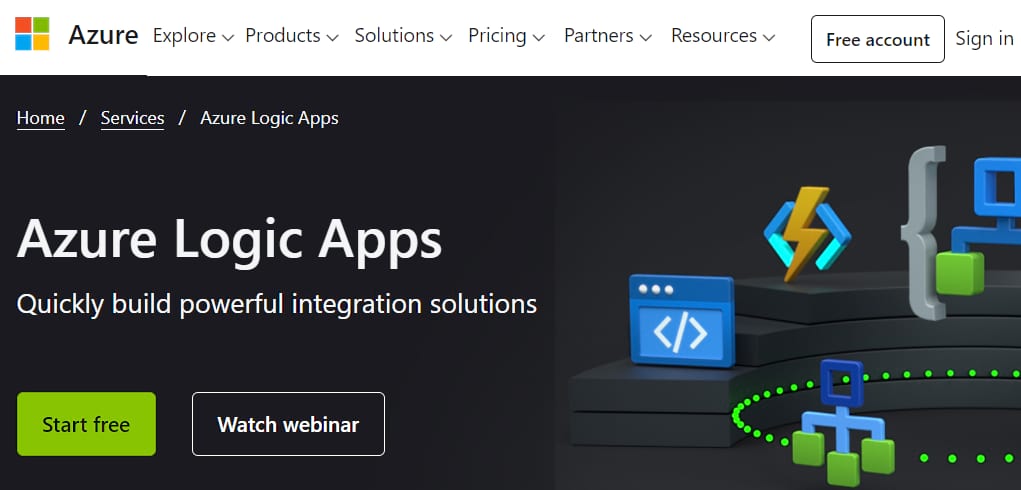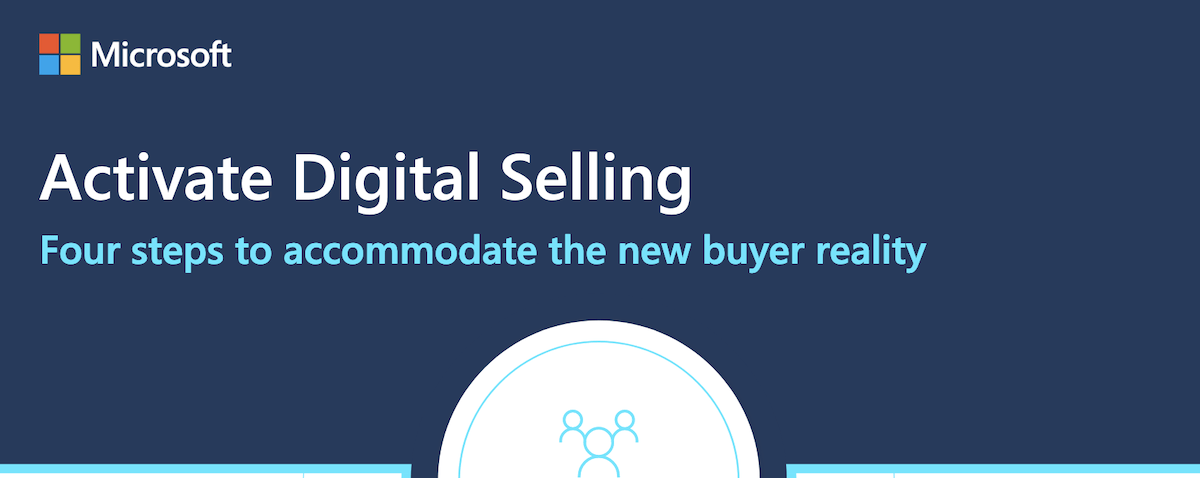7 Best Practices All Azure Logic Apps Users Should Follow

[Sassy_Social_Share]
With businesses increasingly turning to automation tools to improve operations and meet demands, the ability to create and integrate automated workflows is essential.
Both from a good governance perspective and as a way to do what others can’t, offering businesses a true competitive edge in the digital landscape is crucial.
Workflow Automation with Microsoft Azure Logic Apps
Microsoft’s Azure Logic Apps is a cloud-based platform that does exactly that, freeing up time, resources, and staff who can add value where it’s needed most.

A logic app is a Microsoft Azure Logic App resource that lets you build automated workflows. The four most important parts of Azure Logic Apps are:
- Workflow – a set of processes
- Triggers – every workflow starts with a single trigger, e.g., a time or event
- Connectors – connecting with your data, connectors are what makes Logic Apps perform specific processes
- Actions – these are the steps of a triggered workflow
A basic example might see a business start a workflow that creates alerts based on social media use or when files are shared. Your logic apps can be run in single-tenant and multi-tenant Azure Logic Apps, or by accessing the Azure Virtual Network on a dedicated integration environment.
Azure Logic Apps is incredibly powerful – but it’s a complex ecosystem of settings and configurations.
1. Implement Asynchronous Patterns
Automation is about increasing efficiencies and operations. And you can’t achieve that by relying on synchronous messaging. By default, all HTTP- and APIConnection-based actions follow asynchronous operation patterns.

However many logic apps rely on synchronous patterns, and this means you’ll need to wait for the processing to finish before moving to the next action.
By implementing asynchronous patterns, your workflows can operate under ‘fire-and-forget’ rules, so you’re not slowed down by processing while introducing real-time decoupling.
Enabling and disabling async in the Logic Apps Designer is straightforward (open the HTTP action settings and toggle ‘Asynchronous Pattern’ on or off). You can also create a ‘Response’ after a trigger, and enable ‘Asynchronous Response’ in the settings.
2. Introduce Idempotence
Idempotence means when customers make multiple requests, it produces the same result as a single request. The example you’ll see the most is: f (f(x)) – f(x). So, during coding, when your function (f) is wrapped inside another function alongside the parameter (x), the result should be the same as if it were just the function and parameter alone.
That’s when idempotence is achieved.
From a business perspective, this means data integrity and consistency is assured while avoiding wasteful data duplication. In some cases, it’s not always easy (or indeed possible) to create idempotency. You may need to use a message-id list or processed hash values, and certain Logic Apps connectors with UPSERT functionality.
3. Maintain Strict Naming Conventions
Clarity and efficiency should guide the naming convention of any workflow you create. Descriptive names should find it easy to manage, navigate, and access what you need.
The most effective way to do this is to define a naming convention that incorporates and communicates important information about:
- Resource type
- Associated workload or application
- Subscription type
- Environment
- Hosting region
You don’t have to include all (or even any) of these, so long as the convention contains relevant information for users. Don’t limit this to logic apps. Naming and renaming actions should follow clear naming conventions, for precisely the same reasons.
Determine your naming and tagging strategy early. It’ll reinforce the convention, helping to ease the transition, and prevent going back and making seemingly endless corrections later.
You’ll need to take into account certain restrictions.
You can’t directly rename logic apps, or rename actions with dependencies, neither character length limits. Also, some resource names must be unique across Azure.
4. Make Sure Your Logic Apps Are Secure
Logic Apps uses Azure storage to provide secure data encryption and storage – ideal for businesses beholden to the demands of global compliance standards like GDPR and NIST, where the threat of fines for data breaches is high.

For added protection, Logic Apps lets you:
- Control access to request-based triggers
- Logic app operations
- Run history and parameter inputs
- Block connections
4 Ways to Secure Your Logic Apps
Isolated Service Environment offers a dedicated environment to create logic apps, away from a shared or multi-tenant environment where resources may be less protected.
It’s most useful when integrating a logic app into a VNet.
Azure API management provides ‘rich monitoring, security, policy, and documentation capabilities for any endpoint’, exposing private or public endpoints for logic apps.
You can use many security standards to authorize endpoint access, including client certificates and the Azure Active Directory Open Authentication.
Restricting IP addresses allows the option to prevent requests except for specific IP addresses for specific API management service instances.
Remember, you’ll need to configure separate workflows and authentications to run logic apps using request-based triggers. You can begin restricting inbound IP addresses via the Azure portal or using the Azure Resource Manager template.
Role-based access control (RBAC) lets you authorize who has access to Azure resources based on users, groups, service principals, and managed identities. To start assigning roles in the Azure portal, you’ll first need to identify the scope, which is a set of applicable resources.
Next, head to ‘Access control (IAM)’ and click on ‘Add’, followed by ‘Add role assignment’. You must then use the Role list to select the appropriate role and who needs access.
Finally, click Save to assign the role.
There are many ways to secure your logic apps, and you may find it easier to discuss your business and security needs with one of our experts.
5. Build Once, Use Often
One of the best things about Logic Apps is how easy it is to make workflows that can be used again and again – cutting down on dev time and letting you use Logic App actions across multiple workflows.
Ideally, you should start any project with reusability in mind, as it’ll improve efficiency when working on tasks later. Options for re-use include using the Process Manager or Routing Slip patterns.
6. Prepare an error handling strategy
Plan for the best conditions, prepare for the worst. Because no matter how good your infrastructure and code is, there’s always a chance something might go wrong – especially with more businesses taking advantage of hybrid cloud-based and on-prem systems.
So, you need to be confident you can manage any failure without disrupting the wider business, particularly in sectors such as financial services where the focus on operational resilience is gaining traction.
Logic Apps offers its take on exception and error handling.
Retry policies are one of the main ways to catch errors in Logic Apps. You could also configure your own Logic Apps version of a try-catch using scopes and run-after policies.
7. Create Subscriptions To Effectively Scale
Azure subscriptions often have clear limits on certain resource types. As your business grows, you may find that you need to supplement your initial subscription with extras, to avoid these restrictions and allow you to scale.
Before committing to additional subscriptions you should set out a clear strategy for scaling up, identifying who takes ownership over new subscriptions, looking at which of your current resources are available in a subscription, and whether any should be moved between subscriptions using automated deployment.
Common reasons for additional subscriptions are:
- Improve operations
- Security
- Lower running costs
Building Better Business Processes with Logic Apps
Azure Logic Apps offers businesses the power to rapidly develop and automate workflows, so development teams can focus on adding value and using their skills where the business needs them most. Speak to one of our Microsoft Azure specialists to begin your digital transformation journey.



